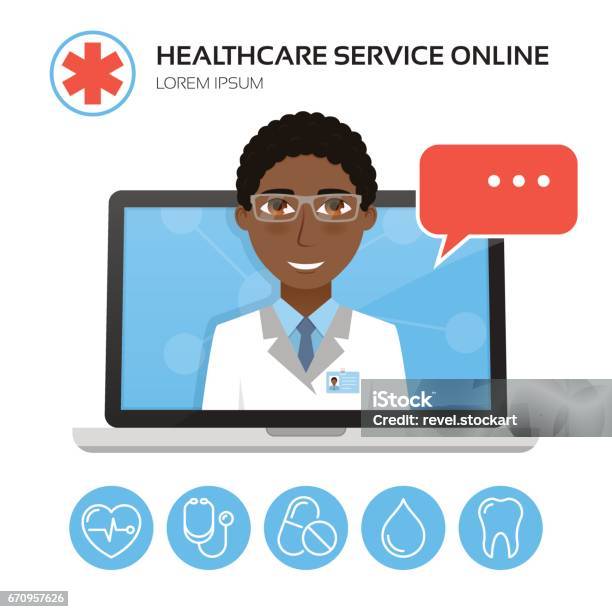The Rise of Subscription-Based Medical Care and Its Influence On Individual Treatment
As healthcare progresses, the subscription-based version is gaining traction, guaranteeing to transform person treatment by supplying predictability and access. These models, which bypass standard insurance coverage, can redefine the patient-doctor dynamic, stressing preventive and personalized care. Yet, as with any type of advancement, they provide obstacles, particularly concerning equitable access for all socioeconomic teams. The capacity for these designs to reshape healthcare delivery elevates pushing concerns regarding their long-term sustainability and inclusivity. Are these subscription solutions the future of medical care, or do they run the risk of leaving prone populations behind? The complexities of this shift warrant a more detailed exam.
Understanding Registration Health Care Models
Realizing the concept of registration healthcare versions involves checking out a transformative technique to clinical solutions that emphasizes cost and accessibility. These designs, frequently described as direct key care (DPC) or concierge medication, have become innovative options to traditional fee-for-service health care systems. Membership medical care allows patients to pay a set monthly or annual cost for a defined set of clinical solutions, which might include unrestricted workplace gos to, regular check-ups, and standard laboratory examinations, without the need for standard insurance policy billing.
The framework of subscription health care designs is made to streamline client treatment by getting rid of third-party payers and intricate payment codes, thereby decreasing administrative problems. Medical care service providers can focus a lot more on individual treatment, promoting more powerful patient-provider connections. This design likewise advertises preventative treatment by motivating routine check outs, as the monetary barrier of per-visit costs is eliminated.
The subscription model commonly equips medical care providers to manage smaller person panels, enabling even more tailored treatment. It lines up financial incentives with person wellness end results, as suppliers are inspired to preserve patient satisfaction and health. Generally, understanding subscription medical care models needs acknowledging their possible to reshape how care is supplied and accessed.
Advantages for Clients and Carriers
For carriers, subscription-based versions use the chance to strengthen patient-provider partnerships. With a stable income stream, health care experts can commit more time to each client, resulting in a more thorough and customized treatment experience. This version likewise lowers dependence on high patient volumes, minimizing burnout and enhancing task contentment. The emphasis on precautionary care within registration strategies can lead to much better client end results and minimized long-lasting medical care expenses. By concentrating on constant care, suppliers can address issues before they intensify, eventually benefiting the health care system all at once by decreasing the concern on emergency situation and acute get redirected here care solutions.
Obstacles and Concerns
While subscription-based healthcare models present numerous advantages, they also come with a collection of obstacles and issues that must be addressed. This raises moral questions concerning equitable access to healthcare services.
Financial sustainability of subscription-based versions is one more issue. Service providers must stabilize the fixed earnings from memberships with the variable prices of medical care services, which may vary because of unforeseen clinical demands. This can create pressure to limit solutions or rise costs, possibly impacting client complete satisfaction and care top quality.
Furthermore, regulatory oversight of subscription-based healthcare models is still progressing. The absence of standard structures can bring about irregular service high quality and accountability, making complex initiatives to guarantee person defense. Last but not least, the assimilation of modern technology-- typically a cornerstone of these models-- questions regarding data privacy and security, as delicate individual details can be prone to violations. Addressing these challenges is critical for the equitable and effective execution of subscription-based health care.
Effect on Patient-Doctor Relationships
One significant impact of subscription-based medical care designs on patient-doctor relationships is the potential for improved continuity and customized treatment. By adopting a membership model, physicians can handle a smaller sized patient panel, allowing for more dedicated time with each person. This raised schedule promotes a deeper understanding of a client's medical history, way of living, and preferences, making it possible for much more tailored therapy plans and treatments.

Nonetheless, it is essential to identify that while subscription-based designs may benefit those that can manage them, they can accidentally widen medical care differences. People that are not able to take part in these models could experience decreased accessibility to customized treatment, potentially influencing their partnerships with health care providers. Thus, this link while the subscription version provides appealing advantages for patient-doctor partnerships, it additionally presents difficulties that need to be resolved to make certain fair health care gain access to.
Future of Health Care Access

The role of technology can not be ignored in this improvement. Telemedicine systems and digital wellness records facilitate seamless communication in between individuals and medical care service providers, breaking down logistical and geographical barriers. In addition, advancements in expert system and data analytics can better individualize treatment by anticipating patient demands and maximizing treatment strategies.
Nonetheless, the future of health care gain access to also presents challenges, such as my review here guaranteeing equity across various socio-economic groups. Policymakers and doctor must collaborate to connect the digital divide, ensuring that subscription-based models continue to be inclusive and economical. As these systems grow, they hold the promise of making health care much more accessible, reliable, and patient-centric.
Verdict
Subscription-based health care designs are reshaping individual care by giving a steady price structure and improving accessibility. These versions reinforce patient-provider connections through customized treatment and routine gos to, emphasizing preventative wellness. Regardless of these benefits, obstacles such as access concerns for low-income populaces and the demand for fair healthcare solutions persist. The rise of subscription-based health care encourages aggressive patient engagement, which has the prospective to enhance person results and fulfillment, indicating a transformative shift in medical care distribution.
As healthcare evolves, the subscription-based version is getting grip, promising to transform patient treatment by offering predictability and accessibility.Subscription-based health care designs use distinctive benefits for both clients and service providers, enhancing the general medical care experience.As healthcare systems progress, the future of health care gain access to frequently pivots on the integration of innovative versions and innovations.Subscription-based healthcare models are improving person treatment by giving a stable cost structure and improving accessibility. The increase of subscription-based healthcare motivates positive client engagement, which has the potential to enhance person end results and satisfaction, signaling a transformative shift in health care shipment.